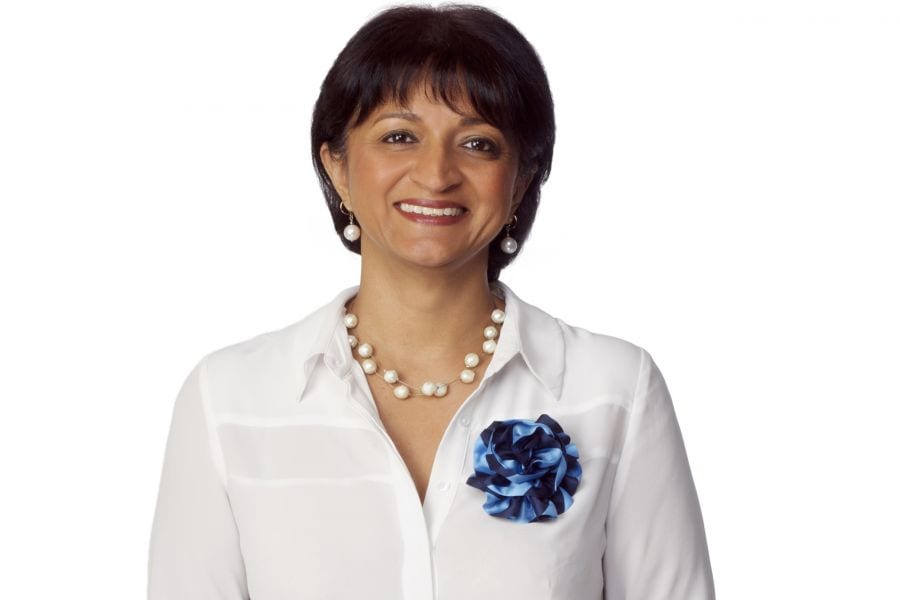Parity is over 200 years away according to the World Economic Forum Global Gender Gap Report. Happy International Women’s Day 2018!
The 2018 International Women’s Day (IWD) theme is Press for Progress and while the stats seem bleak, we do need to acknowledge that the movement for parity has never been stronger.
There is a strong call to action globally for leaders to think and act in a gender inclusive manner. We have had women step up and come forward with the #metoo campaign in politics, media and film where the message is clear: we are taking control and enough is enough.
We have seen some huge gains in sports with the emergence of AFLW and local stadiums being filled to capacity. The overall gender pay gap is trending down, however, men still out earn women by more than $26,000 per annum, our boardrooms are still dominated by men and women are under-represented in management positions.
In the industry I work in, Real Estate, the pay gap has increased from 2013 where it sat at 25.6% to 31.4% in 2017, 43% of the workforce is female and 34% are in management positions. Yet the proportion of female CEOs across the country is poor, at just 2%.
As a woman of colour, it also consistently disappoints me to see how under-represented we are at management and C-suite level. Only 2% of the women on boards in Australia today are from diverse backgrounds.
So what can we do? Well let’s start with the following:
Recognise that parity and equality starts at home. Women currently do hours more more work in the home than men — including across childcare, elder care, and domestic duties — with these added responsibilities often leading to breaking point for many women. More importantly, it begs the question what are we teaching our children about unwritten expectations based on gender? They will learn from us what we role model to them. We need to create better balance for working mums and dads at home, as well as in workplaces.
Address the pathways that have worked for men in achieving leadership roles that simply do not work for women, particularly when women choose to start a family. At this point, women are more likely to question themselves; “Should I be working?”, “Does it make more financial sense for me to stay at home with the cost and lack of availability of childcare?”, “Will my workplace support me and be flexible when I need?”. We need to ensure workplaces embrace flexibility, have sponsors in place for talented women, have effective strategies to continually grow their female talent and work out a plan to bring women back into the workplace post maternity leave.
Create mandatory organisational pulse-checks for how diverse organisations really are. Are the colours of the community reflected in your teams? Companies should consider applying targets to achieve diversity. What is the #colourgap in your organisation and what are the unconscious biases at play? Will a white sounding name be more likely to get an interview than a culturally different one? Diversity is imperative to ensure that there is broader thinking, connection, culture and better decision making.
Establish awareness around the dialogue that follows successful women, especially when overlooked for promotions.
We need to be aware, and address, comments like the below:
- “She wasn’t ready”
- “She wasn’t confident about the role”
- “We looked but there were no suitable women”
As we’ve heard before, men who are 50% capable will say yes to promotions, but women who are 80% capable will still question their ability. There is unconscious bias around this as well, men are often promoted based on potential and women are promoted based on what you have achieved and if along the way they have been labelled as ‘too emotional’, ‘too pushy’, ‘too hard or too tough’. It’s crucial for business leaders to have awareness of this, and encourage women to stop questioning themselves.
Appreciate the economic value of women’s participation. The economic value of countries and businesses would be increased substantially if we simply increased the participation of the other half: women.
Now is the time to set in place targets that are reported on starting with politics. Why not provide incentives for businesses who create gender-balanced boards and management teams. We have done a lot of research, a lot of talking on this issue and there comes a time where actions start to speak louder than words ever could. However, we also need to ensure the targets have a trickle-down effect and not lose focus on the front-end recruitment of women into roles.
So, 2018 #pressforprogress follows other IWD themes like #beboldforchange, #pressforparity, and #makeithappen. It is a wonderful day for women and men to gather across the globe and listen to inspiring women who are pushing the boundaries.
However, true change will only happen when after the event we go back to our homes, to our workplaces, to our schools, and start asking the critical questions that will drive us closer to parity.
Society needs to change its thinking, men also need to drive many of these discussions and stand up with women because equality is not just the right thing or the fair to do, it is the smart thing to do.


